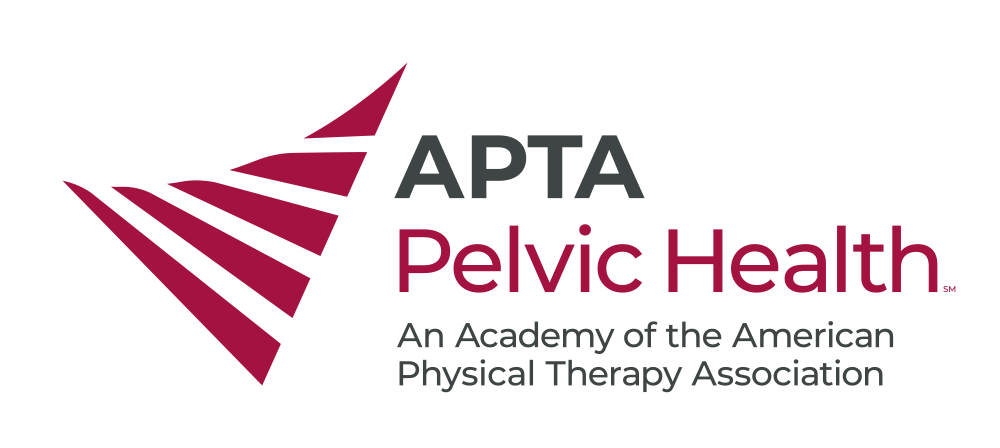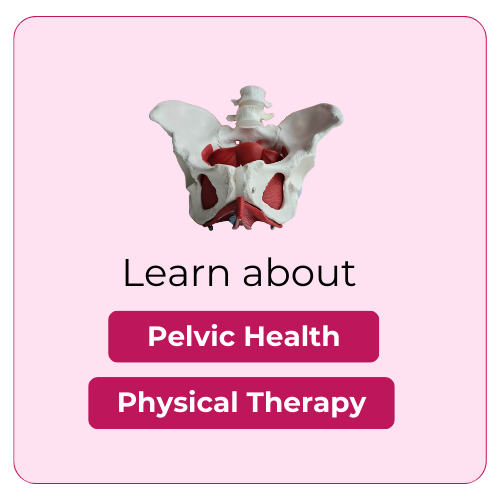Mysterious and Intriguing Pelvic Health World: Perspective from a Pilates Instructor
I started my physical therapy journey in Taiwan, where the field of rehabilitation is slightly more complicated than in the US. Due to medical regulations, the lack of direct access and the presence of National Health Insurance, physical therapy can only be accessed as a second-line treatment after patients seek advice from physicians or MDs first. Patients are often prescribed medications and given advice from doctors without being sent to physical therapy. Physical therapists are often not involved in women’s health related problems such as prolapse or incontinence.
Pelvic floor education included in physical therapy school in Taiwan is basic. I had always considered pelvic health as a fancy and rare alternative specialty because there were not many chances to get exposed to this type of patient population. Once I became a pilates instructor I found out people with pelvic health symptoms are definitely not rare. Female runners, pre-and-post-natal mothers, heavy weightlifters, patients with low back pain…and so on all need help from professionals who specialize in pelvic health physical therapy. It came to my realization that pelvic health is anything but alternative.
On the one hand, we know the pelvic floor is so intertwined with spinal mobility and stability. People are starting to emphasize pelvic floor training when it comes to exercise and core muscle strengthening. However, on the other hand, evidence also shows that women who are active still have urinary symptoms. Female athletes are about three times more likely to have urinary incontinence compared to controls. In addition, there are some studies that indicate that strenuous exercise may cause and worsen pelvic organ prolapse (Bø, K., Nygaard, I.E. 2020). It raises the question: what is the exact appropriate amount or intensity of exercise?
But are pelvic floor symptoms only affected by intensity? In pilates, with or without equipment such as reformers or cadillacs, exercise intensity is often maintained at a moderate level. It seems to be an ideal level of “staying active but not too strenuous”. Pilates is also believed to be more functional because it integrates breathing, pelvic floor activation, resistance work and core stabilizing drills into gross motor movements of the limbs. As a result, in my opinion, pilates is a perfect choice for treating pelvic health symptoms.
As a pilates instructor, physical therapist and active female, I think that pilates instructors like myself should know better about how to strengthen and activate the pelvic floor, which would be thought to lower the risk of urinary incontinence. However, this may not be the case. A study was completed investigating the prevalence of urinary incontinence (UI) among female group fitness instructors, including pilates and yoga teachers. The surprising results showed that 25.9% of yoga and pilates instructors reported UI. Of those, 15.3% of fitness instructors reported leakage during physical activity and 10.9% when coughing or sneezing. This indicates keeping physically active and knowing how to instruct pilates are not sufficient for preventing or treating pelvic symptoms. Additional in-depth training regarding specific pelvic health anatomy and management techniques is essential no matter what background one has.
The exchange of diverse ideas among pelvic health providers is encouraged and this is why it makes the area of pelvic health so intriguing and interesting. As perspectives and knowledge regarding women’s health advance and grow, I believe awareness about pelvic health will continue to blossom. Getting educated and trained in pelvic health, I look forward to helping my clients in a more empathetic and professional way as a pilates instructor, a PT, and a woman.
Citations/References
Bø, K., Nygaard, I.E. Is Physical Activity Good or Bad for the Female Pelvic Floor? A Narrative Review. Sports Med 50, 471–484 (2020). https://doi.org/10.1007/s40279-019-01243-1
Bø, K., Bratland-Sanda, S. and Sundgot-Borgen, J. (2011), Urinary incontinence among group fitness instructors including yoga and pilates teachers. Neurourol. Urodyn., 30: 370-373. https://doi.org/10.1002/nau.21006

Author: Suvi Shuwei Chen
2023 Scholarship Recipient
Suvi got her PT license and started practicing in Taiwan in 2016, and then moved to California, achieved her DPT degree in 2023. She has also instructed Pilates for several years and dedicated to integrate Pilates into clinical rehabilitation. Outside of her career, she is a triathlete, scuba diver and a dog mom.


